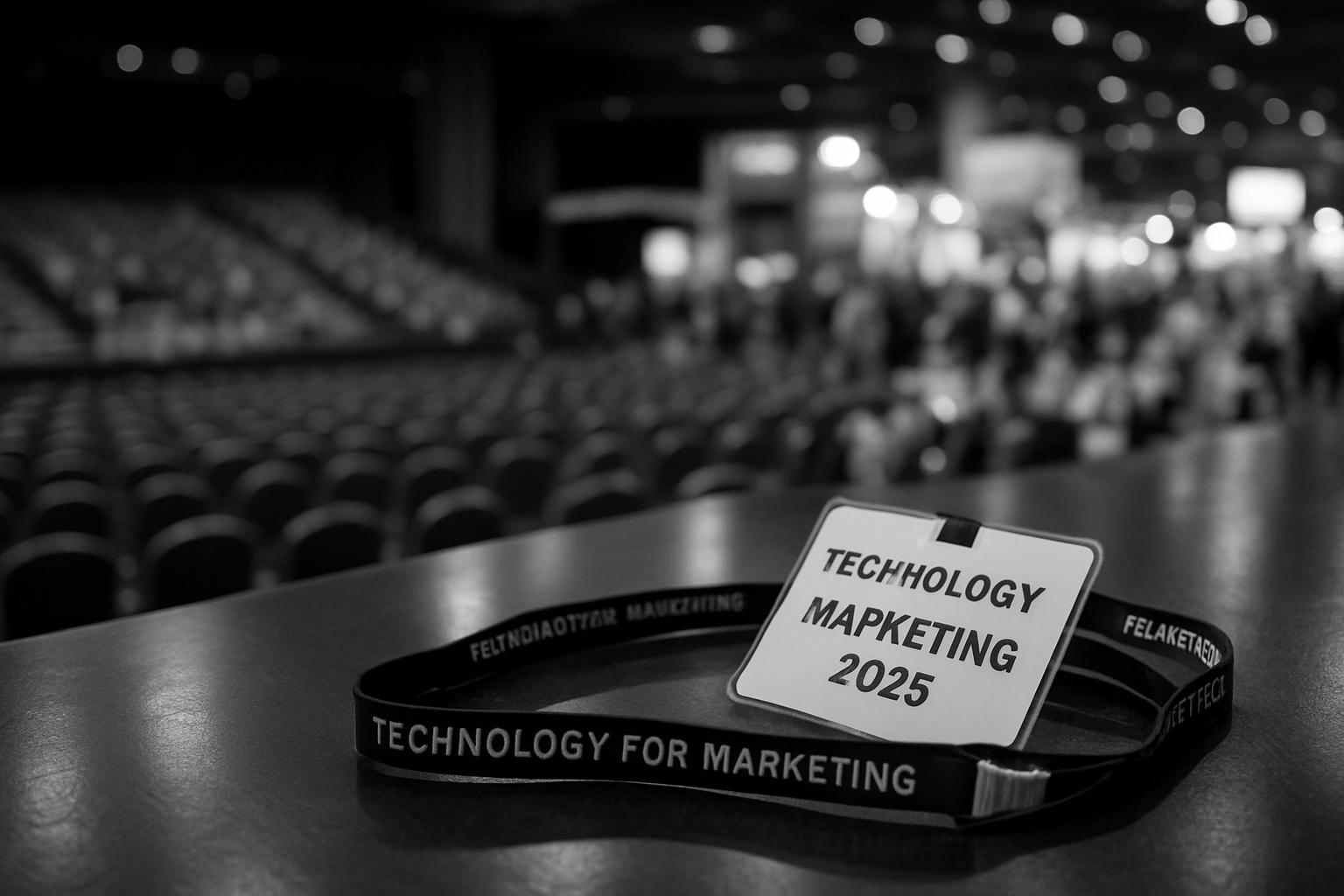Technology for Marketing 2025 arrives at ExCeL London on 24–25 September at a moment when marketing teams are being asked to do more with less. According to the event preview, the two‑day show — co‑located with eCommerce Expo — promises peer‑led case studies, hands‑on theatres and more than 200 solution providers, positioning itself as a practical forum for teams wrestling with the operational consequences of AI, privacy and fractured attention. Organisers say the programme includes CPD‑accredited content, personalised agenda tools and networking spaces designed to cut through content fatigue. (Event dates and venue details are confirmed by the show and the venue.)
The context for that practicality is familiar: tighter budgets, sharper customer expectations and a regulatory backdrop that is rewiring how marketers collect and use data. The preview frames those tensions as the defining questions for 2025 — what actually works, what scales, and how to deliver returns without compromising compliance or creativity. Industry analysis similarly highlights the accelerating shift to first‑party and zero‑party data, the need for transparent value exchanges to secure consent, and a growing emphasis on data governance and consent management as the foundations for future targeting and measurement.
Rethinking the martech stack is a central theme of the programme, epitomised by Volvo Cars’ Global Adtech Lead Saptak Bose. Bose is scheduled to deliver a solo session, “Building a Smarter Tech Stack in a Privacy‑First World,” on 25 September, and the preview quotes him warning against technology for technology’s sake. “Where I see many large organisations falter is that they jump headlong into data collection and technology implementation without a clear vision of what they want to achieve,” he said in a preview interview, arguing for standardised frameworks that can be applied locally.
That admonition reflects a broader, pragmatic turn in marketing operations: less chasing point solutions, more aligning tools to explicit commercial outcomes. According to Bose’s session synopsis on the event site, his talk will address how teams can rationalise platforms, cope with platform and privacy shifts, and future‑proof performance strategy — practical topics that organisers say are the focus of this year’s content mix. The session signals a shift from speculative trend‑spotting to frameworks that marketing leaders can adopt or test back at the office.
On the creative side, Luiza Grinberg — Paid Social and Creator Marketing Manager, EMEA — will lead a fireside chat on 24 September about tailoring paid eCommerce content to platform norms. Drawing on experience at Dr. Martens and Meta, Grinberg told the preview that platform‑specific creative is now essential: “TikTok and Meta currently favour more lo‑fi, UGC‑style content, whilst Pinterest is definitely more editorial and a very exciting platform to advertise in.” Her operational emphasis is clear: move fast, test iteratively and keep creative aligned to the channel’s visual and behavioural grammar.
That emphasis on frequent creative refresh is supported by empirical work from industry platforms. Meta’s analytics team has documented “creative fatigue” — a measurable decline in performance when the same creative is repeatedly served to audiences — and recommends rotating diverse assets, monitoring creative‑level exposure and adding fresh elements to recover performance. In practice, Grinberg’s week‑to‑bi‑weekly refresh cadence and A/B testing approach mirror those recommendations, underscoring the convergence of creative and performance disciplines in a channel‑first world.
Taken together, these talks reflect larger industry adjustments. Market commentary shows marketers are moving to ownable data and deploying AI to analyse first‑party signals, optimise campaigns and develop new measurement approaches as third‑party cookies recede. The result is a blurring of brand and performance goals, and a premium on transparent value exchanges to win consent and sustain targeting — priorities that, according to analysts, require stronger data governance and new KPIs that accept measurement trade‑offs while preserving accountability.
For practitioners considering attendance, the event’s organisers highlight practical features designed to make the trade show more usable: personalised programme recommendations to reduce overload, a “Hangout” space for informal peer exchange, and an enhanced VIP experience for deeper networking. The official event site quantifies the scale organisers expect — roughly 10,000+ attendees, 200+ exhibitors and hundreds of hours of content across multiple theatres — and the venue listing at ExCeL London confirms dates, opening times and travel links for visitors.
Ultimately, Technology for Marketing 2025 pitches itself as a working conference for marketers focused on execution rather than hype. According to the preview and the event programme, delegates can expect frameworks for rationalising martech investment, practical tactics for platform‑native creative and sessions that confront the ethics and mechanics of marketing in a privacy‑first, AI‑driven era. For teams planning budgets and roadmaps, the clearest takeaway may be the need to align technology and creative choices directly to business problems — and to bring measurement and governance along for the journey.
📌 Reference Map:
Reference Map:
- Paragraph 1 – [1], [2], [5]
- Paragraph 2 – [1], [6]
- Paragraph 3 – [1], [3]
- Paragraph 4 – [3], [1], [2]
- Paragraph 5 – [1], [4]
- Paragraph 6 – [7], [4], [1]
- Paragraph 7 – [6], [1]
- Paragraph 8 – [2], [1], [5]
- Paragraph 9 – [1], [2], [6]
Source: Noah Wire Services
